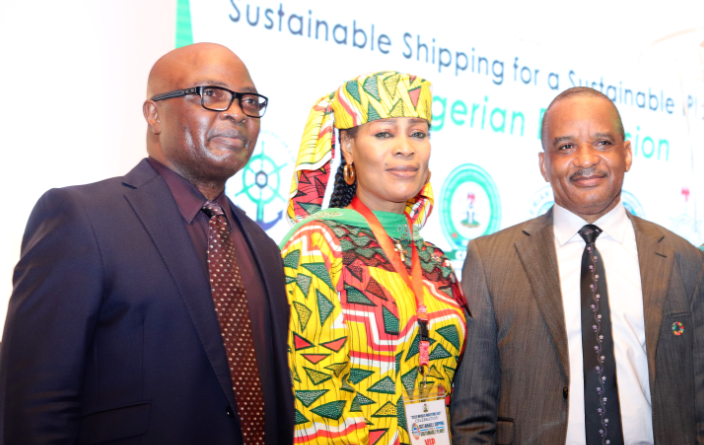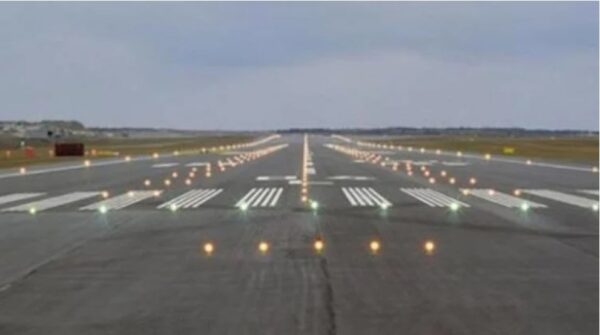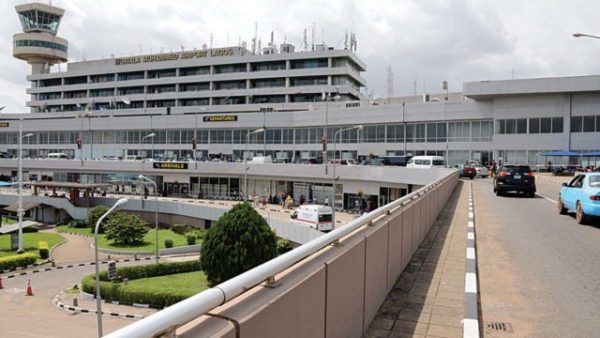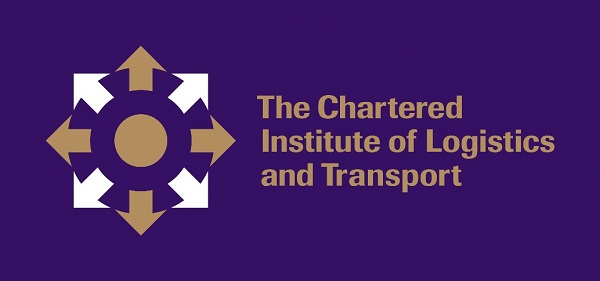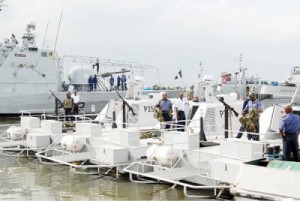
- Nigeria Loses N5 billion monthly
- Over 4000 Nigeria-bound vessels berth in Cotonou, Lome Offshore
The alleged failure of the Nigeria Navy to enforce measures meant to checkmate illegal marine related activities in the nation’s territorial waters has been fingered as being largely responsible for the diversion of the Nigeria-destined cargoes to neighboring countries’ ports and offshores.
Lloyd intelligence report has revealed that between 2009 and 2011 over 4,000 vessels destined for Nigeria berthed in Cotonou and Lome offshore with petroleum products, thereby creating an illegal transshipment trade from mother vessels to smaller vessels that freighted the products to Nigeria waters.
Consequently, Nigeria is said to be losing so much in revenue accruing from the neglected opportunities. The Nigeria Shipowners Association (NISA) has concurred with Mr. Olisa Agbakoba, SAN that Nigeria can generate N16 trillion Naira annually from maritime industry trade opportunities.
On how the Navy has allegedly aided the revenue leakage, the Nigerian Ports Authority (NPA) in memo dated December 12th, 2011, addressed to the Chief of Naval Staff, with the title: Areas Approved for Ship-To-Ship (STS) and Ship-To-Rig (STR) Operations, designated areas or zones for offshore operations in the nation’s waters, asking the Navy to carry out enforcement with Messrs Mike Lily Marine Limited appointed to monitor operations and conduct surveillance at port anchorage.
According to the memo, signed by the then Acting General Manager, Security, Mr. J. M. Tahir, “Be informed that as part of measures to checkmate illegal marine related activities on our waters and block revenue leakages, all ship-to-ship and ship to Rig tanker transfer operation shall be performed within Nigerian offshore and should be carried out within the following designated areas”. These are: Lagos offshore: 060 – 19.531’N 0030 – 43.296’E; 060 – 18.613’N 0030 – 58.807’E; 060 – 10.439’N 0040 – 17.439’E; 050 – 53.992’N 0040 – 17.439’E; 050 – 53.892’N 0030 – 40.175’E; 060 – 09. 979’N 0030 – 45.315’E
The Escravos offshore with an area coverage of 116M2 has
050 – 33.000’N 0040 – 33.000E; 050 – 22.000’N 0040 – 54.000’E; 050 – 06. 000’N 0040 – 55.000’E; 050 – 05.000’N 0040 – 36.000’E
Bonny/Calabar offshore with an area coverage of 92.2NM2 has
040 – 0.5.565’N 0060 – 30.156’E; 040 – 05.473’N 0070 – 13.021’E; 030 – 55.057’N 0070 – 13.296’E; 040 – 55.057’N 0060 – 30.066’E
Reacting to this, the Director-General of Capt. Niyi Labinjo- led NISA, Engr. Oliver Ogbuagu who was an executive director in the Nigerian Maritime Administration and Safety Agency (NIMASA), stated that the Navy was part of the committee set up to act and enforce the STS zoning.
“This document was sent to the Nigerian Navy and they acknowledged that they will implement it. What this means is that the Federal Government has asked the Navy to take steps for this STS Zone implementation so that all these vessels will stop going to Cotonou and Lome and come to Nigeria”, Ogbuagu asserted.
“NIMASA at this point is supposed to ensure that there is no more STS in offshore Cotonou for products destined to Nigeria because that is what can give Nigerian Shipowners Jobs, if they litter in our waters instead of Cotonou. NIMASA is supposed to ensure that when a ship is sea- worthy no vessel that enters Nigeria’s water can stop the certified ship from littering it. It is an obligation, that is, what they are there for. So for anybody to say that Nigerians are operating rusty buckets, the person needs to be examined,” he added.
Justifying the huge losses Nigeria is making as a result of neglect in marine trade, Labinjo who also noted that the economy incures a monthly N5 billion loss in the sector said: “Nigeria is at the centre of the world. Nigeria is at the centre of transatlantic trade. From the east in the Asia when a ship takes bunker from the west and they are going to the east, by the time they get to Nigeria, the bunker will be finished so as they approach Nigeria, they will be looking for where to bunker”.
However, the image maker of the Nigeria Navy could not be reached at the time of the report.
URL Copied


